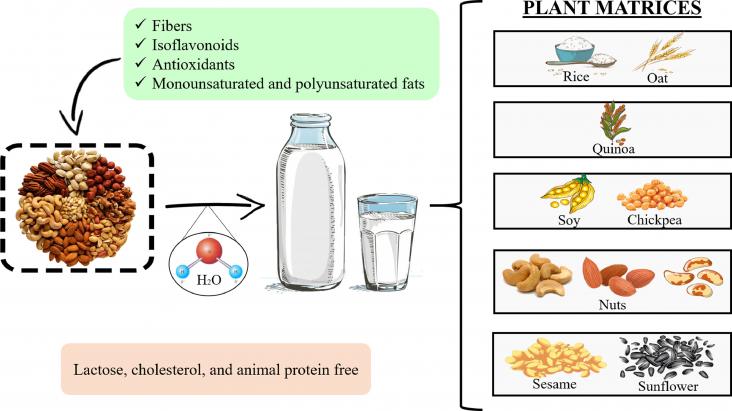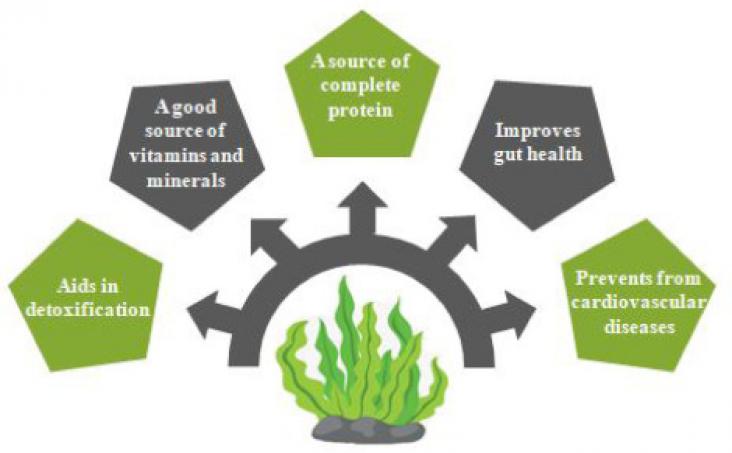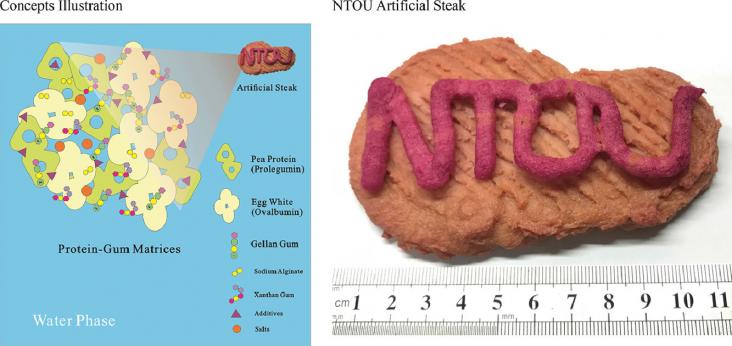
Cow's milk is considered a staple in many diets due to its high nutritional value. It contains almost every nutrient that the human body needs.
Transitioning toward plant-based diets can alleviate health and sustainability challenges.
The availability of food is the basic entity for the survival of human. The resources that make a nation food secured is guided by multiple factors and can be evaluated using a set of indicators.

Several studies have indicated that a global reduction in meat consumption is inevitable for sustainability and public health, despite the challenges inherent to changing eating habits.
Meat induces large environmental impact while supplying important nutrients, and meat substitutes are increasingly adopted as direct replacers of meat products.
A Health Policy paper on the health impacts of banned pesticides in the Yaqui population in Mexico, in the context of SDGs 3, 10, and 12, highlighting recommendations for system-level solutions and policy change to current US, UN, and global laws.

The eminent protein sources among the vegetarian population include cereals and pulses that do not satisfy the Recommended Dietary Allowance (RDA) level.
Edible film, with unique biodegradable and renewable characteristics, is considered a potential alternative for petroleum-derived polymer packaging. The review provides an overview on the various aspects of edible film, such as the film formulation, source of materials, film characteristic as well as safety and regulations of edible film applications.
Brewer's spent grain (BSG), a protein-rich agro-industrial by-product, was used to develop edible film. The effect of pH and protein concentration on the physical properties of films were studied. While high pH favors the increase in the protein film's solubility, with increased tensile strength, elongation at break, and puncture strength; swelling capacity, water activity, and water vapor permeability (WVP) decreased with increasing pH. Increased concentrations of protein in films resulted in enhanced moisture content, mechanical properties, and water activity. Furthermore, the transparency values of films were increased by increasing pH and decreased by increasing the protein concentration.

